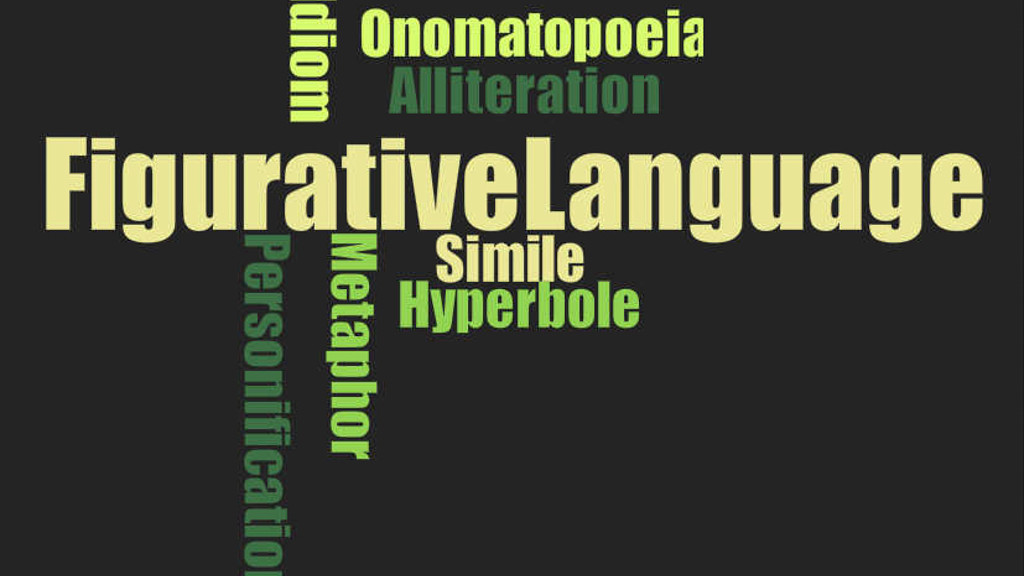Some people believe that the Bible should only be interpreted literally. They do not understand nor are they able to distinguish in the Bible what figurative language is all about. They don’t know the difference between literal and figurative language. So, what is figurative language anyway?
Figurative Language Explained

In his book, “The Liberation of the Worldwide Church of God,” Dr. J. Michael Feazell, relates how he and Dr. Kyriakos J. Stavrinides explained this matter regarding figurative language on pages 30-31:
“During one discussion about the anthropomorphic references to God in the Old Testament, a panel member asked, ‘What does ‘figurative’ mean?’
‘Well,’ Kyriakos Stavrinides began to explain in his characteristically patient manner, “when a word or expression is used in a figurative sense, it is painting a picture of a reality that cannot adequately be described in literal terms.’
‘But why don’t we just take the Bible for what it says?’ was the sincere response.
‘When the Bible uses figurative language, that is what the Bible is saying,’ I offered in response. ‘Figurative language doesn’t imply that the statement is less true. It simply means that the statement is to be understood figuratively, not literally. In other words, it is a true statement, and it is to be understood figuratively, not literally.’
‘I’m totally lost. I guess I just don’t understand how something that isn’t real can be true.’
‘Let me give an illustration,’ Stavrinides offered. ‘If I say to my wife, “You are a rose,” I have made a true statement, and I really mean what I say. She is lovely and pleasing, just as a rose is lovely and pleasing, though in different specific ways. I do not mean she is literally a rose. I mean that there are certain important characteristics of a rose that my wife shares.”
Literary Context
A poem or a song is usually written with lots of figurative language. For example, the lyrics, “You are the sunshine of my life” is using figurative language. We can all easily understand that this Stevie Wonder song should not be interpreted nor should be understood literally. It is meant to be understood figuratively. And it doesn’t have to mean it’s falsehood or lying. Truth can be conveyed using figurative language.
Related Article:
- Literal and Figurative by Dr. Mike Morrison
Photo credit: Google


Pastor Joson, thank you. I had missed this posting. Lots to learn here! Hope to follow this blog. Please keep up the good work.
Thank you Alice. I appreciate it.